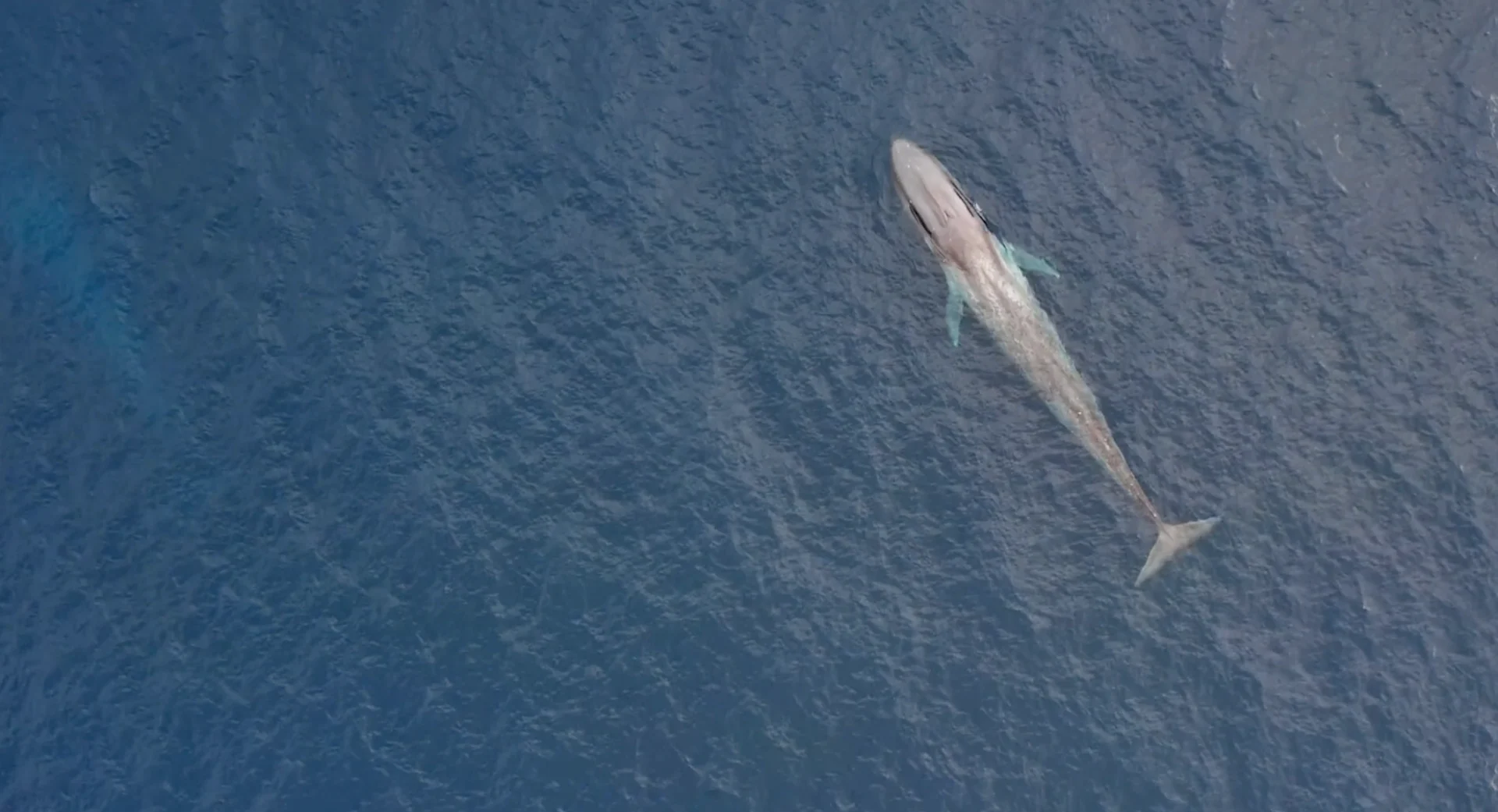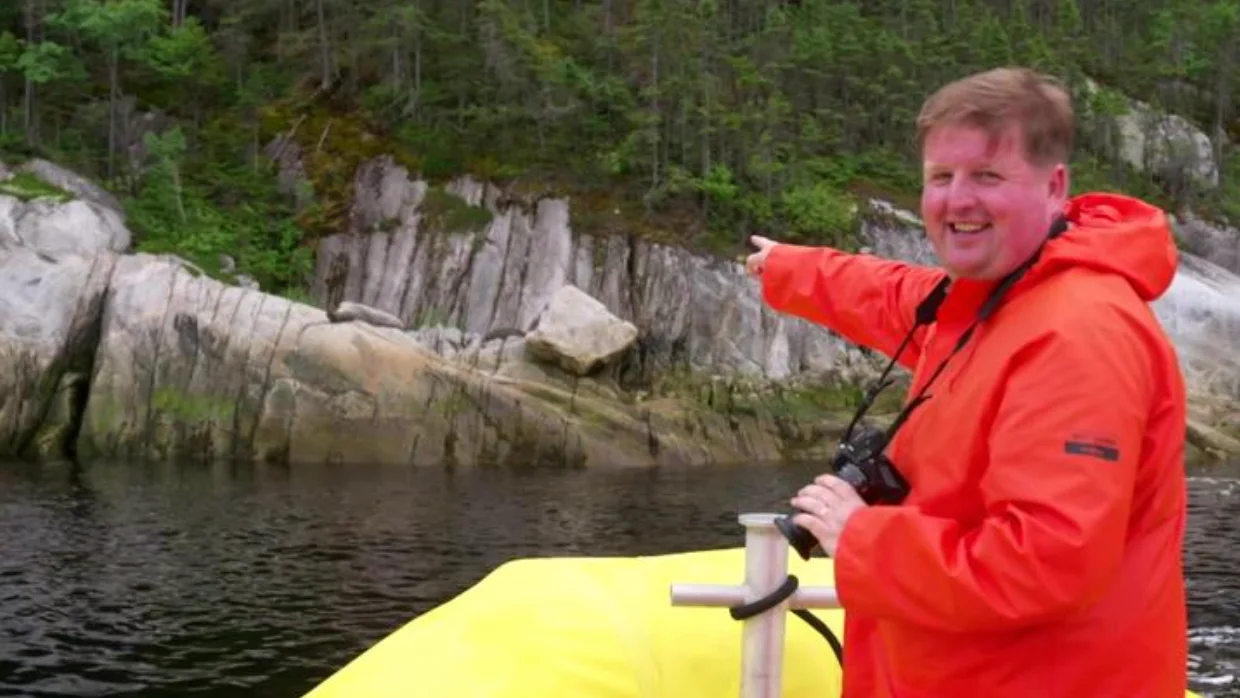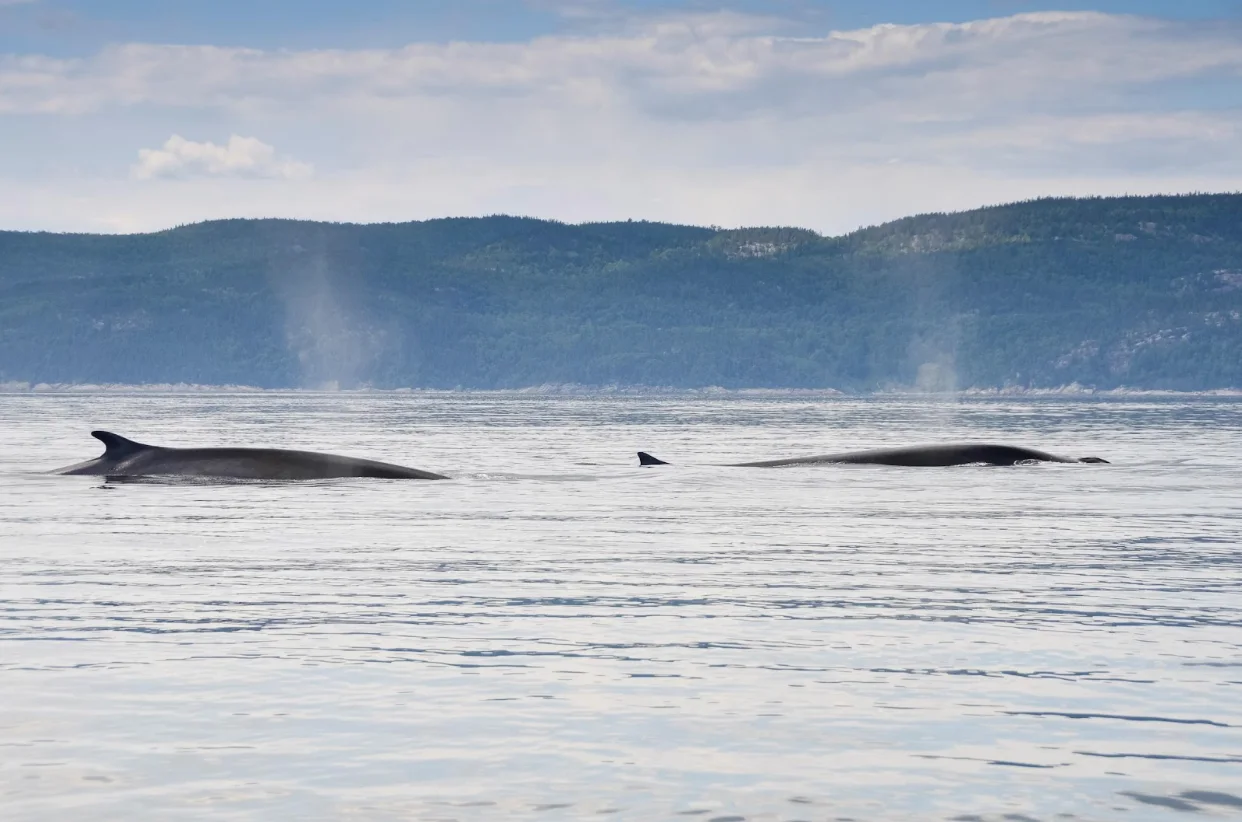
Whale Tales: The majestic giants of the Saguenay-St. Lawrence Marine Park
Explore the vibrant ecosystem of the Saguenay and St. Lawrence Rivers
A vibrant ecosystem, teeming with seals, whales, seabirds, and fish of all sizes, thrives at the meeting point of the Saguenay and St. Lawrence Rivers. Home to the Saguenay-St. Lawrence Marine Park, it’s also an internationally recognized hotspot for whales. While visitors take selfies before its towering cliffs, six species of whale feed below on krill, plankton, and other deep-sea delicacies brought to the surface by the confluence’s cold water upwelling.

Experiencing Canada host Nathan Coleman on a zodiac in the Saguenay Fjords spotted some seals (The Weather Network).
Beluga Whales
Belugas are year-round residents of the Saguenay. This unmistakable off-white whale reaches lengths of three to five meters. Nicknamed the canary of the sea, these social creatures communicate vocally within pods, and their playful, curious nature leads to acrobatic displays as they breach the water's surface. Belugas have flexible necks, unlike other whales, allowing them to nod or turn their heads when hunting and feeding.
DON'T MISS: Explore more of what this beautiful country has to offer on our Experiencing Canada hub page!
Harbour Porpoise
At two metres long, the harbour porpoise is the smallest whale in the park. These fussy eaters dine on unsuspecting schools of fish, swooping in to catch one and spin it around so they can swallow it head-first without getting scales stuck in their throat. They communicate ultrasonically at a pitch larger predators can’t hear, resulting in fewer harbour porpoises becoming a snack.
Minke Whales
Minke whales have a curved dorsal fin on the hind third of their bodies and a white band on each flipper. Since they grow up to ten meters long, they are often seen from shore. Minkes swim rapidly, reaching speeds of nearly 40 km/h. They are active on the surface, where they raise their heads to spot feeding seabirds, then dart in and steal their dinner.
Fin Whales

Fin whales spotted in the St. Lawrence River, Quebec.(Credit: Getty Images)
Fin whales, the world’s second-largest animal, are identifiable by a prominent hooked dorsal fin near their tail. They are recognized for their distinctive v-shaped heads and unusual colour pattern, growing up to twenty-six meters long and weighing at least 45,000 kilograms. They feed on various prey, from krill to entire schools of fish, by pulling water into their mouths containing long, bristle-like plates that filter out food.
Humpback Whales
Humpbacks visit the park during the busy summer tourist season. Measuring up to 18 metres long, these whales breach dramatically from the water, flailing their long pectoral fins and slapping their tails. Mermaids, beware: Known as the crooners of the sea, humpbacks sing for hours to attract mates. When not singing, they hunt in groups and feast on small fish, krill, and plankton.

Humpback Whale, Tadoussac, Quebec. (Credit: Getty Images)
Blue Whales
The blue whale is the largest animal on Earth, reaching over thirty meters and tipping the scales at 200 tons – equivalent to thirty elephants. They visit the marine park sporadically to gorge on krill and small crustaceans, consuming more than four tons of food daily. Their songs are louder than a jet plane, and their hearts, the size of a small car, can be heard from up to two miles away. Like the fin whale, they filter their food through baleen plates, while their massive tongues weigh as much as an elephant.

The blue whale is the largest animal on Earth. (The Weather Network)
CLICK HERE to return to the Experiencing Canada main page for more videos and articles.
